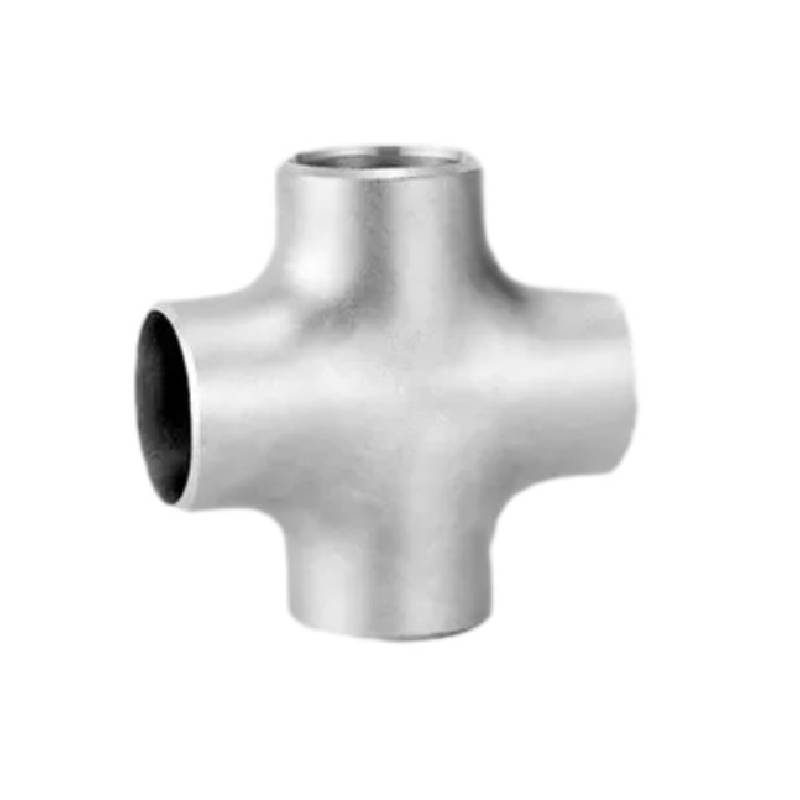-
Cangzhou Yulong Steel Co., Ltd.
-
Phone:
+86 13303177267 -
Email:
admin@ylsteelfittings.com
- English
- Arabic
- Italian
- Spanish
- Portuguese
- German
- kazakh
- Persian
- Greek
- French
- Russian
- Polish
- Thai
- Indonesian
- Vietnamese
- Zulu
- Korean
- Uzbek
- Hindi
- Serbian
- Malay
- Ukrainian
- Gujarati
- Haitian Creole
- hausa
- hawaiian
- Hebrew
- Miao
- Hungarian
- Icelandic
- igbo
- irish
- Japanese
- Javanese
- Kannada
- Khmer
- Rwandese
- Afrikaans
- Albanian
- Amharic
- Armenian
- Azerbaijani
- Basque
- Belarusian
- Bengali
- Bosnian
- Bulgarian
- Catalan
- Cebuano
- China
- China (Taiwan)
- Corsican
- Croatian
- Czech
- Danish
- Esperanto
- Estonian
- Finnish
- Frisian
- Galician
- Georgian
- Kurdish
- Kyrgyz
- Lao
- Latin
- Latvian
- Lithuanian
- Luxembourgish
- Macedonian
- Malgashi
- Malayalam
- Maltese
- Maori
- Marathi
- Mongolian
- Myanmar
- Nepali
- Norwegian
- Norwegian
- Occitan
- Pashto
- Dutch
- Punjabi
- Romanian
- Samoan
- Scottish Gaelic
- Sesotho
- Shona
- Sindhi
- Sinhala
- Slovak
- Slovenian
- Somali
- Sundanese
- Swahili
- Swedish
- Tagalog
- Tajik
- Tamil
- Tatar
- Telugu
- Turkish
- Turkmen
- Urdu
- Uighur
- Welsh
- Bantu
- Yiddish
- Yoruba

Nov . 01, 2024 16:11 Back to list
Understanding the Specifications and Applications of 6 Pipe Flange Connections
Understanding 6 Pipe Flanges An Essential Component in Piping Systems
In the vast landscape of industrial engineering and plumbing, the significance of flanges cannot be understated. Among these, the 6 pipe flange stands out as an essential component that aids in the seamless connection of pipes, valves, and other equipment. This article aims to delve deeper into the characteristics, applications, and benefits of 6 pipe flanges, highlighting their crucial role in various industries.
What is a 6 Pipe Flange?
A 6 pipe flange refers to a specific type of flange designed to connect pipes with a nominal diameter of 6 inches. Flanges are flat pieces of metal that provide a surface for bolting two sections of piping together. They come with holes for bolts, enabling secure attachment and forming a reliable seal. The term 6 denotes the size of the pipe they are compatible with, making it easy for engineers and technicians to specify and procure the right components for their projects.
Material and Standards
6 pipe flanges are manufactured from various materials, including carbon steel, stainless steel, bronze, and plastic. The choice of material often depends on the fluid being transported, the temperature, and the pressure of the system. Flanges are produced following industry standards such as ANSI (American National Standards Institute), ASME (American Society of Mechanical Engineers), and ASTM (American Society for Testing and Materials). These standards ensure that flanges can withstand the rigorous conditions of different environments while maintaining integrity and performance.
6 pipe flange

Applications of 6 Pipe Flanges
The applications of 6 pipe flanges are widespread across numerous industries. In the oil and gas sector, they are utilized in pipelines to transport crude oil, natural gas, and refined products. In water treatment facilities, these flanges are critical for connecting pipes in the distribution systems. Moreover, in chemical processing plants, they enable safe and efficient transport of various chemicals. Their robustness also makes them suitable for high-pressure environments, contributing to the overall safety and reliability of the systems in which they are installed.
Benefits of Using 6 Pipe Flanges
One of the primary advantages of using 6 pipe flanges is their ease of installation and maintenance. Unlike welded joints, which can be complicated and time-consuming to install and repair, flanges allow for quicker disassembly, making maintenance activities more manageable. This feature is particularly beneficial in systems that require regular inspections or have parts that need to be replaced frequently. Additionally, flanged connections can accommodate slight misalignments, reducing stress on the piping system and prolonging its lifespan.
In conclusion, the 6 pipe flange serves as a fundamental element in various piping systems, ensuring efficient and safe transport of fluids across different industries. Understanding its features, applications, and benefits is vital for engineers and technicians aiming to optimize their piping systems for performance and safety. As industries continue to evolve, the role of such components will remain pivotal in advancing operational efficiency and reliability.
Latest news
-
ANSI 150P SS304 SO FLANGE
NewsFeb.14,2025
-
ASTM A333GR6 STEEL PIPE
NewsJan.20,2025
-
ANSI B16.5 WELDING NECK FLANGE
NewsJan.15,2026
-
ANSI B16.5 SLIP-ON FLANGE
NewsApr.19,2024
-
SABS 1123 FLANGE
NewsJan.15,2025
-
DIN86044 PLATE FLANGE
NewsApr.19,2024
-
DIN2527 BLIND FLANGE
NewsApr.12,2024
-
JIS B2311 Butt-Welding Fittings LR/SR 45°/90° /180°Seamless/Weld
NewsApr.23,2024











